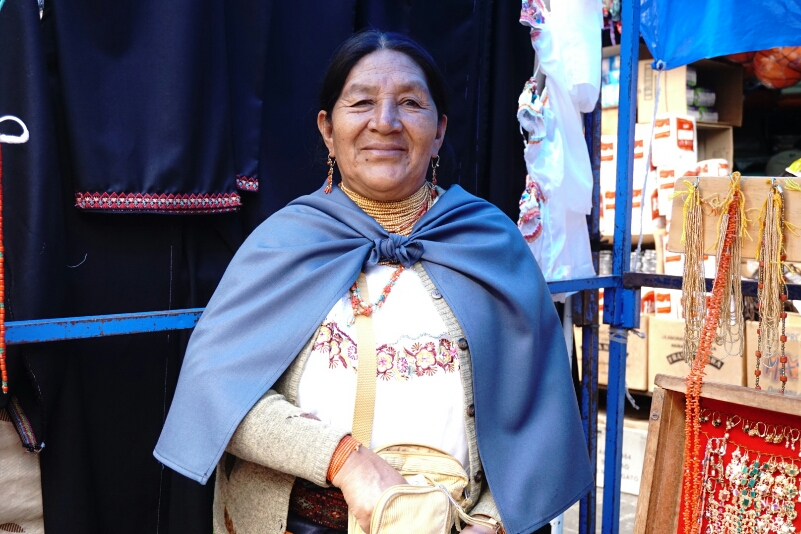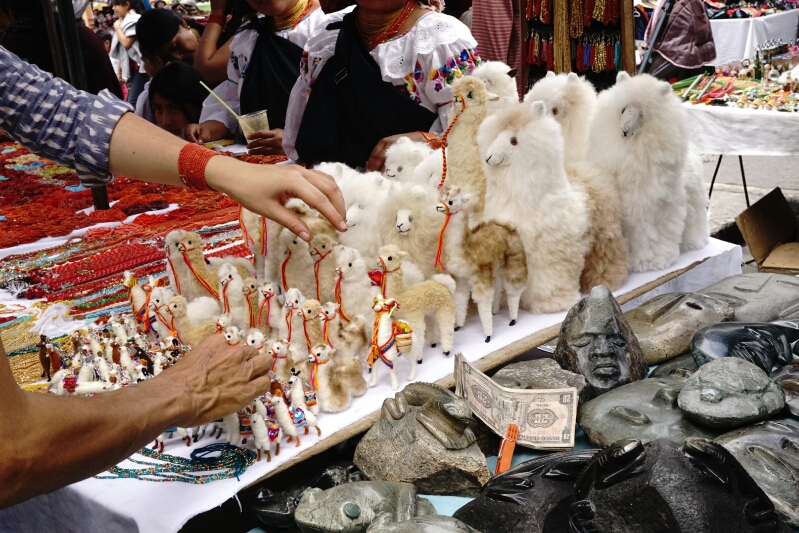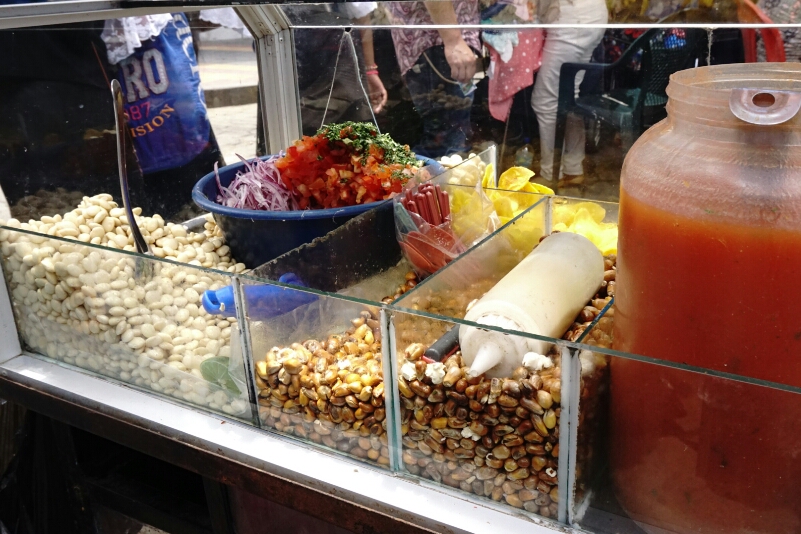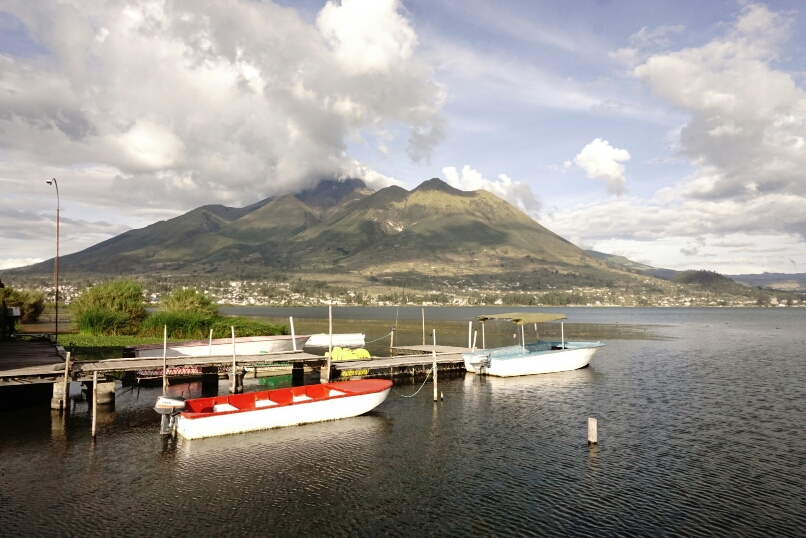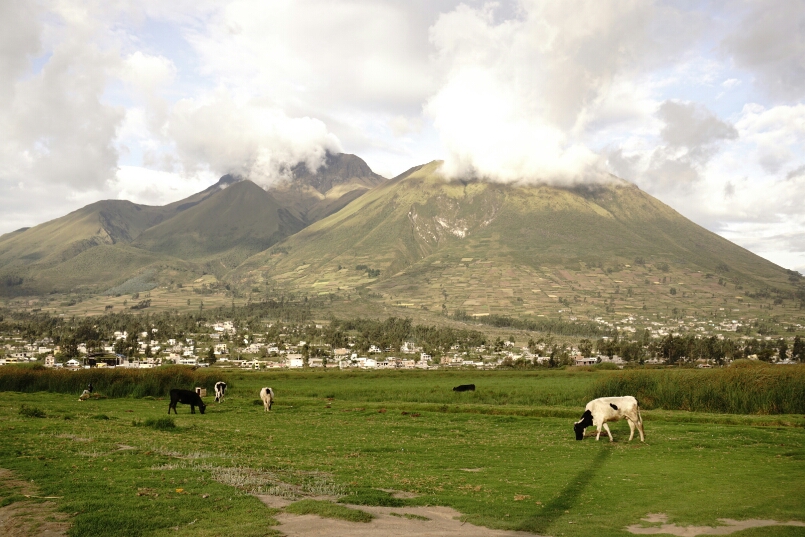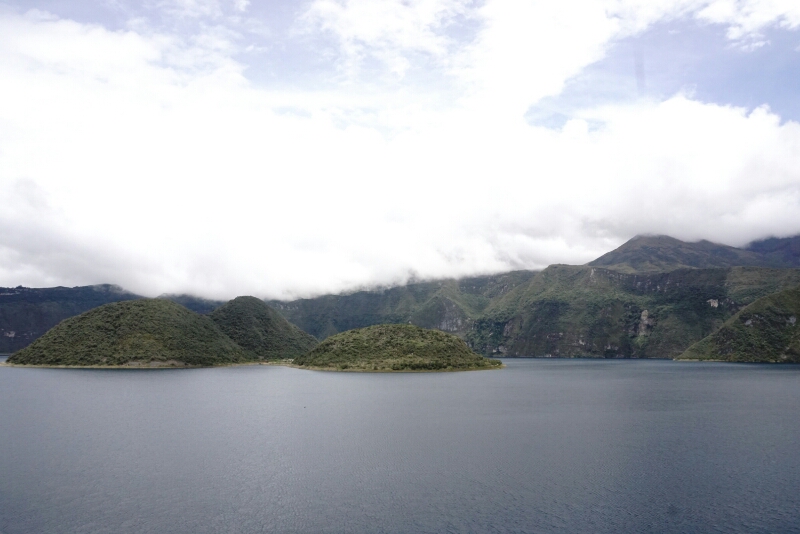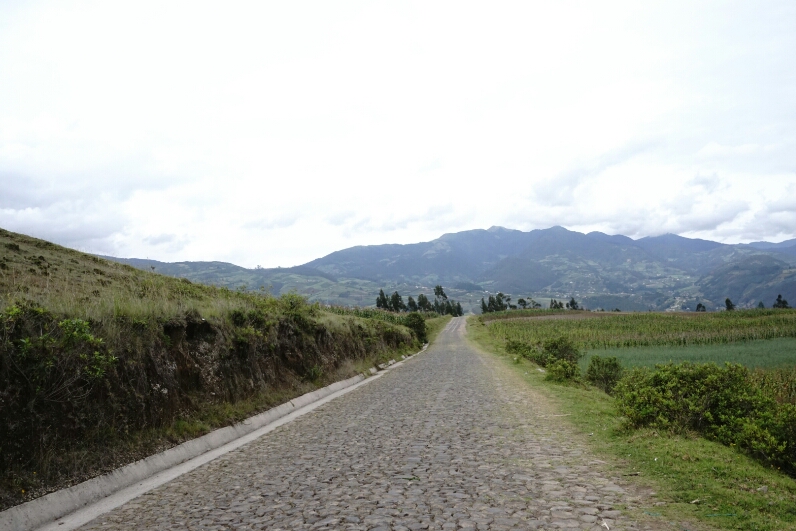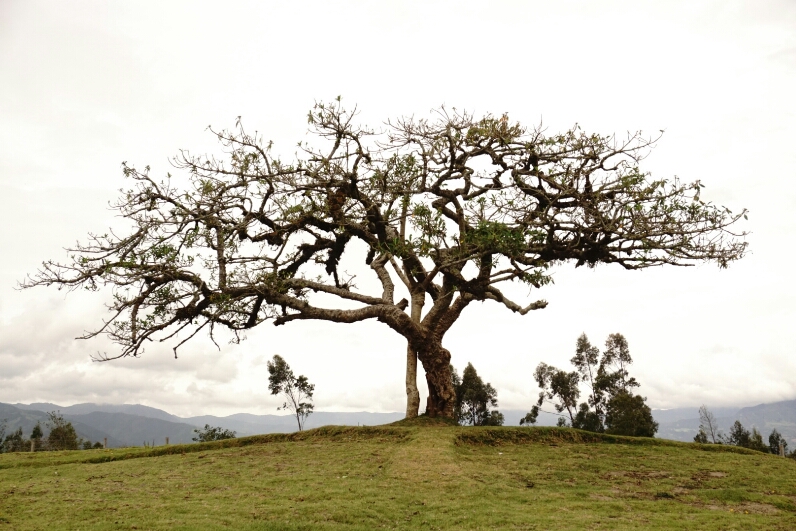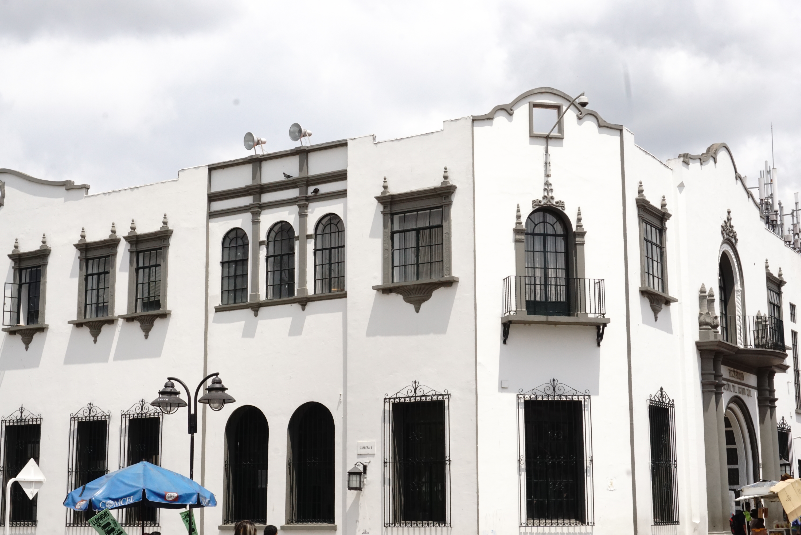Some of you must of realised that our blogging has reduced. There is one main reason for it – our laptop was stolen from us. It was definitely an unfortunate incident but we have learnt from it. Here is what happened and how you can ensure safety while traveling.
Background
During our South America research we read a lot about thefts in Colombia. We were mentally prepared about keeping ourselves and our belongings safe. But I guess the recent economical development in Colombia provided us a much safer environment. We gradually let our guards down and that came to bite us in the bum in Ecuador.
The Realisation
The incident took place on the bus ride from Otavalo to Quito. The journey itself was uneventful till we reached Quito. We were heading towards our hostel in La Marsical when at the Quito metrobus connection Shruti realised that one of the bags was unusually light.
We quickly opened the zips of the bag to realise that the laptop was missing. Our initial thought was we thought we left the laptop in the hostel. However, further thinking through confirmed that it was not a possibility. As we had checked out early to do the hike around Otavalo, we had locked our bags and left them at the hostel. An email exchange with the hostel confirmed our fears.
We then tried to recall every incident since we left the hostel. The theft could not have occurred on the Quito metrobus as the daypacks were on our laps due to the evening peak time rush. The only situation left was the Otavalo to Quito bus ride.
Theft from under the feet
After our 5 hour hike in Otavalo, we had a decent meal and were ready to board the bus to Quito. Due to the hike and food coma, Shruti and I fell asleep as soon as the bus left the terminal. The daypacks were places next to our feet on the bus floor. Something we have been doing since Colombia.
The thief/ves must have been sitting behind us on the bus. They would have realised that we were fast asleep giving them the opportunity to carry out the theft. At one point in the journey, probably 40 mins after we left the terminal, I woke up for a few minutes to realise the bag was not against the side but halfway under the seat. I thought that the bag had moved due to the rash bus driving along the mountains.
Once we got to our hostel in Quito, we went through the chain of events and realized that we had been robbed by some skillful thieves. The bag was dragged from under the seat, the laptop taken and pushed back to close to our feet.
What Next?
The next 2 hours revolved around changing passwords, estimating the damage and the plan of action. As we had specified the laptop when we bought our travel insurance, we had to file a police report as soon as possible to claim the theft. The tourist police station in La Mariscal area of Quito had an officer who could manage some English and helped us file a police report. In the next couple of days we filled our claim to the insurance and are currently waiting to hear from them.
UPDATE: Our travel insurance replied and they have reimbursed us for the lost laptop! I must say we have the best travel insurance and highly recommend Southern Cross Insurance for everyone! They have only been understanding :)
How to be Vigilant
There are a lot of lessons we learnt from this event. Here are some of our tips for ensuring safety while traveling.
- The time on the road is when we have to be most careful. The focus must be to arrive at the destination safe and sound. If you are distracted thats when an incident could occur.
- Always board the bus after decent rest. Sleeping on the bus is not an option unless you are hugging your belongings. This incident occurred because both of us were tired and fast asleep. Even when I woke up for couple of minutes during the journey, my tired brain accepted the easiest possibility of bag moving due to the bus ride. I did not think twice or consider other possibilities.
- Always lock all your bags, especially the zips with the money and passport.
- Never place anything on the top shelf of the bus because if you cannot see it, it is likely to be gone. Under certain circumstances if you have to place some of your belongings on the top, either place it on the opposite side so you can always see it or leave some part of the belonging hanging so it is still within your sight.
Take all the necessary precautions to avoid any damage. If an incident occurs, it ruins the next couple of days and possibly even your overall experience in the country.
Also, always remember that some people are constantly struggling to make ends meet. They are possibly in a situation where taking a chance is their best option. If they get caught, they could probably get away because most tourists do not get involved in pressing charges or taking action. It is almost a win-win situation for them.
In any case, we still count ourselves lucky as the thieves could have taken the entire bag and got off at the next stop. We would have been left with no passports and money then!
